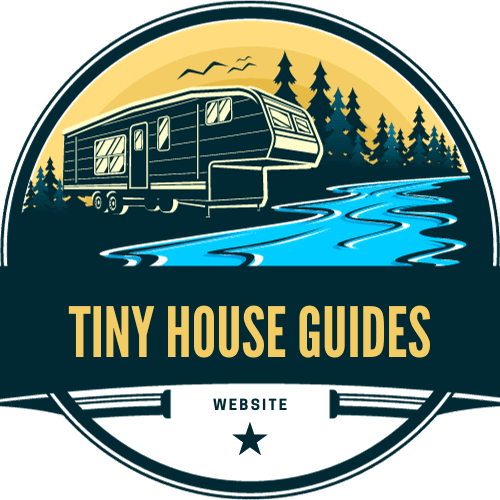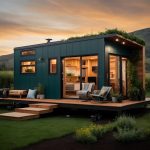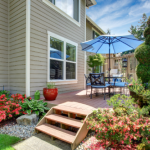
Choosing the right home is a crucial decision for those who prefer a nomadic lifestyle. In recent years, alternative living solutions like tiny houses and recreational vehicles (RVs) have surged in popularity, offering unique advantages for life on the move. This blog post delves into the characteristics of both options, comparing their benefits and challenges, to help you determine which might be the better choice for your wandering heart.
What are Tiny Houses?
Tiny houses are exactly as they sound—small, often mobile dwellings that rarely exceed 400 square feet. Originating from a desire to simplify life and reduce environmental impact, these homes focus on minimalism and efficient use of space. Typically built on trailers, they can be moved, though not as effortlessly as RVs. The design of tiny houses often reflects personal values and aesthetic preferences, making each home unique.
However, tiny house owners sometimes face legal and zoning challenges. Many areas still lack specific regulations for tiny houses, leading to potential hurdles in where they can be parked or how they can be used legally. Despite these obstacles, the tiny house movement continues to grow, propelled by a community of enthusiasts seeking a more sustainable and cost-effective lifestyle.
What are RVs?
RVs are designed for living on the road. These vehicles range from luxurious motorhomes to more compact campervans and travel trailers. Unlike tiny houses, RVs are built specifically for travel, featuring wheels that are ready to roll at a moment’s notice. They come equipped with essential amenities such as sleeping areas, kitchens, and bathrooms, which are designed to be functional in a compact space.
The convenience of an RV is in its mobility. Owners can drive their homes anywhere that roads can take them, from national parks to urban centers, without worrying about the setup and teardown required by stationary tiny homes. The initial cost of an RV can vary widely depending on the size and features, but like any vehicle, they depreciate over time and require regular maintenance to keep them roadworthy.
Comparing Lifestyle Implications
Mobility and Travel: One of the most significant differences between tiny houses and RVs is their ease of mobility. Tiny houses, while portable, are often heavier and require more setup and breakdown time when relocating. This makes them better suited for semi-permanent placements rather than frequent travel. In contrast, RVs are the epitome of travel readiness. Whether you’re heading to a nearby lake or crossing state lines, RVs are ready to go with minimal preparation.
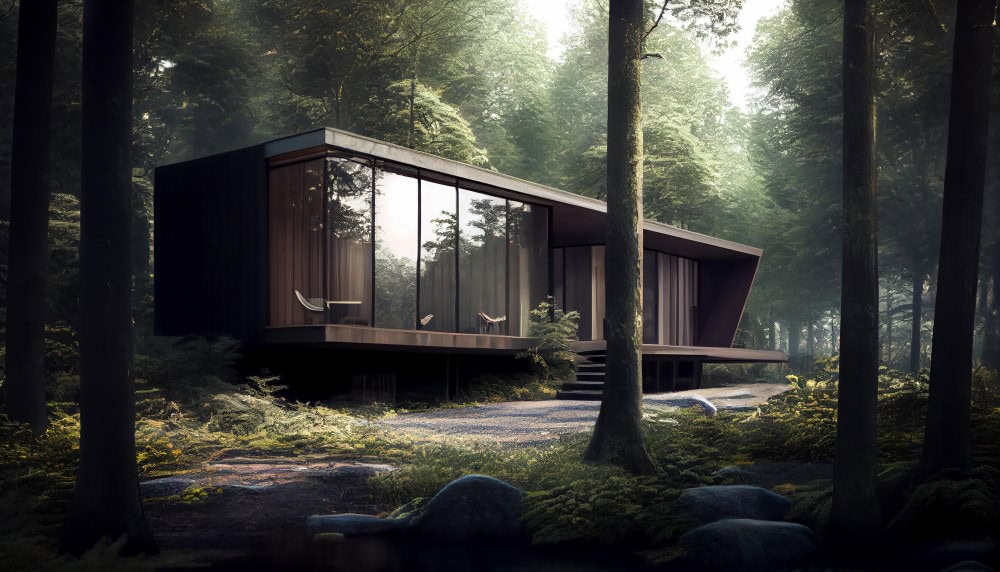
Costs Involved: Both tiny houses and RVs present various costs. For tiny houses, the initial investment can be high, especially if custom-built, but they tend to maintain their value better than RVs. Tiny houses can also be less expensive in the long run due to lower upkeep costs and the potential to use renewable energy sources. RVs, meanwhile, might have lower initial costs but can incur higher maintenance expenses and depreciate faster.
Comfort and Livability: When it comes to living space, tiny houses often feel more like a traditional home. They are usually built with more durable materials and can include full-sized appliances and greater customization. RVs prioritize space-saving designs and mobility, which can sometimes mean compromising on comfort and personal aesthetics.
Sustainability and Eco-Friendliness
Both tiny houses and RVs offer features that can be tailored towards a more sustainable lifestyle, but they do so in different ways. Tiny houses are often celebrated for their eco-friendly potential. Many are designed with sustainable materials, solar panels, and rainwater collection systems, making them ideal for those looking to reduce their carbon footprint. On the other hand, RVs are generally less efficient in terms of fuel consumption and often rely on hookups for power and water, though newer models are increasingly incorporating green technologies such as solar power and more efficient appliances.
Pros and Cons
Tiny Houses:
- Pros:
- Customizable to owner’s tastes and needs.
- Can be built with eco-friendly materials and designed for off-grid living.
- Often retains value better than RVs.
- Cons:
- Mobility can be cumbersome; moving requires significant planning.
- Zoning laws and building codes can restrict where they can be parked or built.
- Might require a larger initial investment.
RVs:
- Pros:
- High mobility, ideal for frequent travel.
- Comes fully equipped and ready for immediate use.
- A wide range of options available, fitting various budgets.
- Cons:
- Depreciates like any other vehicle.
- Can incur high maintenance costs.
- Less room for personalization compared to tiny houses.
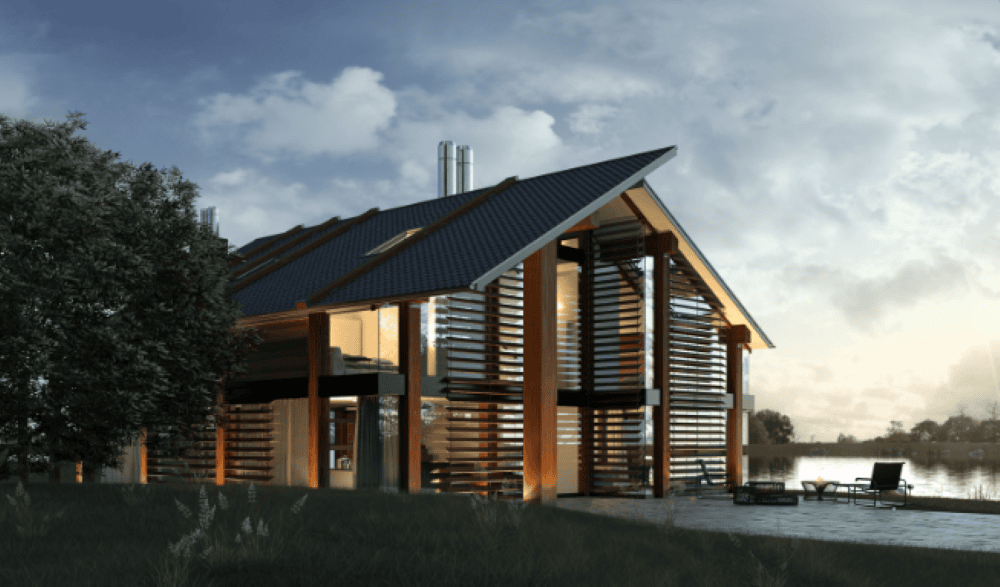
Real-Life Examples
Consider the story of Sarah and John, who chose a tiny house for their travels across the United States. They built their home with reclaimed materials and installed solar panels and a compost toilet, embracing a sustainable lifestyle. Though they love their cozy, eco-friendly space, they note that finding legal places to park can be challenging and often requires advanced planning. On the other hand, Mike, a retired teacher, opted for an RV to explore the national parks. His Class A motorhome provides comfort and ease of travel, allowing him to stay at various campsites equipped with the necessary amenities. Mike appreciates the community he finds at RV parks but mentions the ongoing maintenance costs and fuel expenses as significant downsides.
Conclusion
Choosing between a tiny house and an RV for your nomadic lifestyle depends largely on your priorities—whether it’s customization and sustainability or ease of mobility and convenience. Tiny houses offer a more stationary form of travel with the comforts of home, making them suitable for those looking to stay in one place for extended periods. In contrast, RVs provide the ultimate freedom to explore with less hassle but come with higher running costs and less stability.
